SANTA MONICA, CA (July 6, 2015) – The California Department of Health Care Services released a highly anticipated review of reimbursement rates in the Denti-Cal program. While statutorily required, a recent state audit of Medi-Cal’s dental program released in December 2014 found that annual rate reviews had not been done for some time. The audit recommended that annual reviews resume. The audit also found that millions of children enrolled in Medi-Cal—more than half of the children in the program—did not receive dental care in the previous year, and, as a result, are at greater risk of dental disease. Jenny Kattlove responds:
“The numbers in the dental reimbursement rate review reveal that the Medi-Cal dental program is not meeting the needs of the children it serves. While the number of children enrolled in Medi-Cal increased by nearly 40 percent since 2008, there has been up to a 14.5 percent decrease in the number of dentists in the program in the same time period.
“Low reimbursement rates are consistently cited as a main reason dental providers do not treat children in Medi-Cal, and rates have only seen cuts since 2004. In fact, the audit found that five of California’s 58 counties may not have a single dentist who accepts Denti-Cal, and 16 counties had an inadequate number of dental providers in the program.
“By failing to provide access to dental care for millions of low-income children, we are placing them at higher risk of lifelong dental diseases. This not only impacts their health—it often results in missed school days and costly preventable emergency room visits.
“We look forward to working with the California Department of Health Care Services to ensure rates are raised to adequate levels that expand access. According to the audit, California’s reimbursement rates are among the lowest in the nation—only 35 percent of the national average for most services. While we are pleased that the latest California budget deal includes a reversal of the 10 percent rate cut for dental providers in the Medi-Cal program, more must be done. In particular, rates should focus on improving participation with Medi-Cal’s youngest children, an age group for whom finding a dentist is particularly challenging and preventive care is especially important.
“Acknowledging that increasing reimbursement rates will not solve the whole problem, the time has come to explore creative alternatives to traditional, dental office-based care if children are to be well served. The Virtual Dental Home can provide dental care to children in schools, Head Start sites, and other community-based settings where they are more likely to get care, while not missing school. We urge the California Legislature to pass and the Governor to sign AB 648, which would create a grant program to spread the Virtual Dental Home across the state to communities that need it most.”
###
